Informations généalogiques de la famille Langlois du pont de l'Arche...
Biography of Eustache-Hyacinthe Langlois (Pont-de-l'Arche, 1777 - Rouen, 1837)LANGLOIS Eustache-HyacintheEustache-Hyacinthe Langlois du Pont de l'Arche, born August 3, 1777 in Pont-de-l'Arche and died on September 29, 1837 in Rouen, is a French painter, draftsman, engraver and writer.Eustache-Hyacinthe Langlois (born in Pont-de-l'Arche on August 3, 1777 – died in Rouen in 1837) was an artist and writer who his art in the service of promoting Norman medieval heritage. Youth in Pont-de-l'ArcheEustache-Hyacinthe Langlois was born in Pont-de-l'Arche where his father, a royal officer, worked as a water hammer guard and forests of the town's bailiwick. Fascinated by drawing, E.-H. Langlois made his first sketches of characters and picturesque sites in Pont-de-l’Arche. We like to think that the city's medieval heritage is not unrelated to the blossoming of a taste for antiques in the artist's soul. Born in 1777, the French Revolution rendered obsolete the professional ambitions that the father of E.-H. Langlois had for his son. This is why our man was able to satisfy his passion for art... The artistHaving followed his propensity E.-H. Langlois became a student of M. Rau de Saint-Martin, in 1793, then of Jacques-Louis David, in Paris. After that, he practiced wood engraving. His style, precise and rigorous, was perfectly suited to documentary work. This is how he produced more than 1000 engravings, drawings and sketches on buildings of historical interest, sculptures, stained glass windows, furniture... mainly in medieval Normandy. Giving lessons himself, he became a professor at the School of Fine Arts in Rouen. “Antiquary and archaeologist” It was safe to say that E.-H. Langlois was an antiquary and archaeologist. We then understood by “archaeologist” any person who is both interested in studying history through texts but also through the furniture that we inherit. The archaeologist was one who was also interested in a much more distant past; who unearthed history through ruins. Archeology did not yet mean the very rigorous science that we know today. The precision of his drawings allowed him to refine local studies but also to carry out more general work, notably stained glass windows. Gothic architecture also fascinated our man who is said to be the inventor of the expression “flamboyant gothic” which designates the final stage of gothic where the sculptures are the richest and sometimes take on the wavy curves of flames.Hyacinthe Langlois became, thanks to his knowledge of heritage and awareness of its fragility, the instigator of the creation of the Rouen Museum of Antiquities. He was its first director. He participated in the maintenance of Rouen Cathedral, which was threatening to collapse. The faithful Catholic According to the testimony of his contemporaries, but also by reading the short stories he wrote, we can measure to what extent E.-H. Langlois was faithful to his Catholic convictions: poverty, humility, defense of religious values... This faith fit very well with the life of the character who remained poor all his life; money was not of great importance to him, contrary to what his wife thought, which impoverished him and their children. The Catholic faith of E.-H. Langlois did not prevent him from associating with advanced republicans such as Jacques-Louis David and Jacques Dupont de l'Eure. It seems that our man judged people more by their actions than by their words. His erudite and cordial society pleased many people. The “pre-romantic” writer If the French Revolution gave E.-H. Langlois the freedom to practice his art to the point of making it his profession, it threw a certain turmoil into his soul. Like many romantics, our man retained the pious memory of his youth where his childhood joys were cradled under the sun of the Monarch of divine right... This idealization is accompanied by the rejection of anticlericalism that certain moments may have experienced. of the Revolution.Sensitive, touched by a certain malaise, he formulated his emotions through the most romantic medieval themes, even in its darkest aspects such as the danse macabre, a sculpture from the ancient cemetery of l'aître Saint- Maclou, the grotesque of the “mercies”, or the tomb of the Enervés of Jumièges. Thus his writings are, most often, nostalgic, turned towards death and depict a medieval landscape very conducive to the expression of the dismay so characteristic of the romantic movement which will blossom towards the end of Hyacinthe Langlois' life. Posterity E.-H. Langlois made many artists and researchers aware of the study of the Middle Ages when Antiquity was – almost – unanimously accepted. As a result, he contributed to the preservation of the remains of the medieval period, which were then considered ruins worthy of being razed or allowed to collapse.




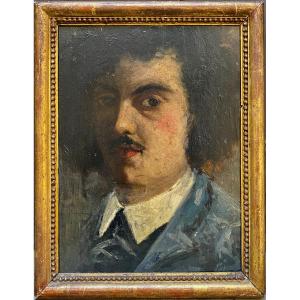




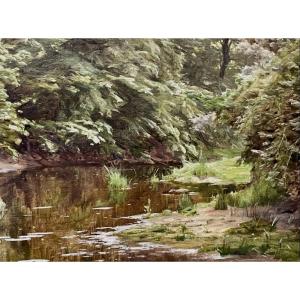
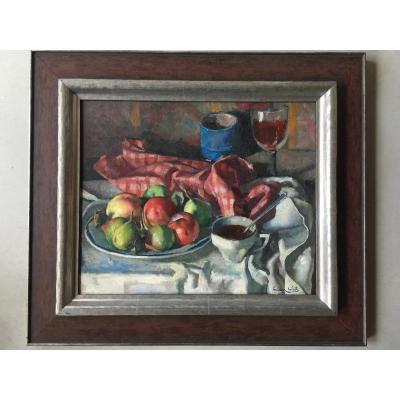
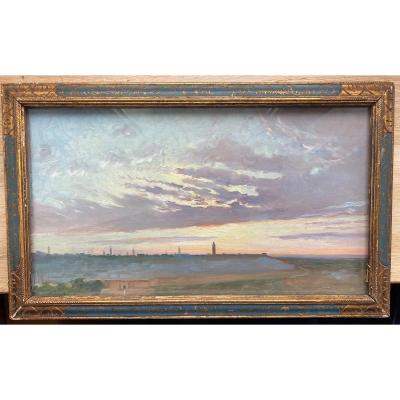




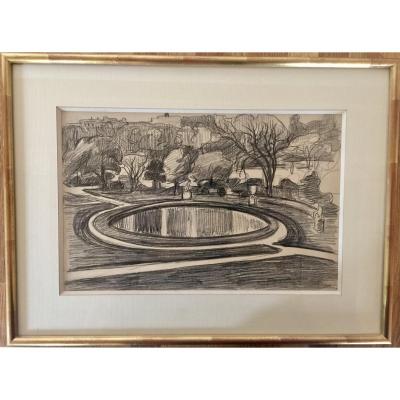


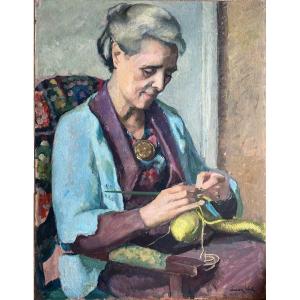


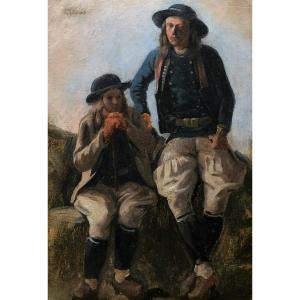

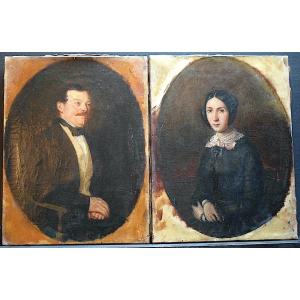
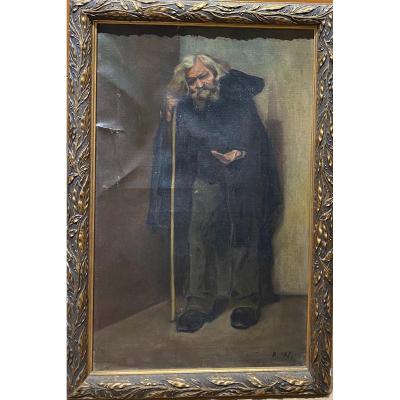




 Le Magazine de PROANTIC
Le Magazine de PROANTIC TRÉSORS Magazine
TRÉSORS Magazine Rivista Artiquariato
Rivista Artiquariato